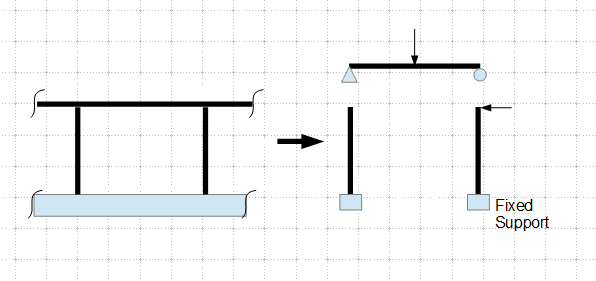OSHA Handrail (top rail) 200lb exact location.
Hi! Good day Engineers.
I am design a OSHA stairs with handrail. I'm confused about 200lb concentrated live load, downward or outward direction.
For example top rail length is 25ft. I am planning to distribute the 200lb over the total length of top rail. And it becomes 8lb/ft acting in the top rail total length.
Can anyone give me advice.
Thank you.
Hi! Good day Engineers.
I am design a OSHA stairs with handrail. I'm confused about 200lb concentrated live load, downward or outward direction.
For example top rail length is 25ft. I am planning to distribute the 200lb over the total length of top rail. And it becomes 8lb/ft acting in the top rail total length.
Can anyone give me advice.
Thank you.


